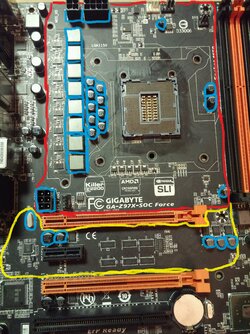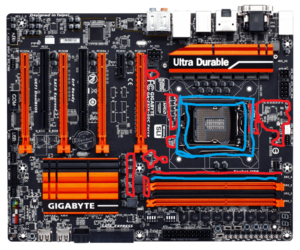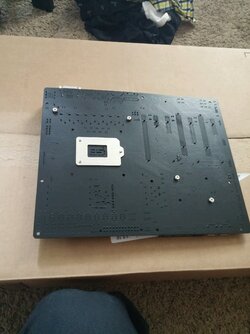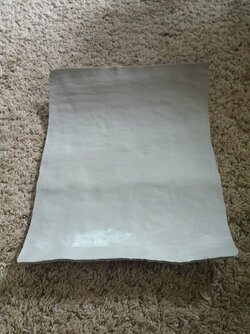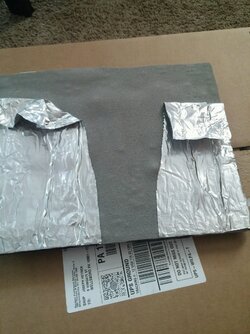- Joined
- Sep 13, 2015
- Thread Starter
- #21
So got some new pics now that it has dried. It has lost its glossy sheen (sorry Johan  ) and looks more like truck bed liner now. I was able to get some close up shots of the components on the back and it seems to have formed a nice consistent shell across the back.
) and looks more like truck bed liner now. I was able to get some close up shots of the components on the back and it seems to have formed a nice consistent shell across the back.


Ed, you are probably right that this it's overkill but for my first go around I figure I will do as much preventative prep as I can so that when I score up and do something stupid this may hopefully save the board.
Dejo, I have been trying to figure out the logistics of how this is all going to work with getting the ln2. I will look at getting another container of some sort to help out. I will probably spend most of the morning the first day watching and helping others to try and get a feel for how to make this work before attempting it myself.
 ) and looks more like truck bed liner now. I was able to get some close up shots of the components on the back and it seems to have formed a nice consistent shell across the back.
) and looks more like truck bed liner now. I was able to get some close up shots of the components on the back and it seems to have formed a nice consistent shell across the back.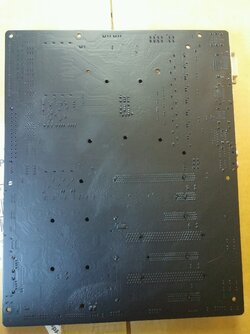
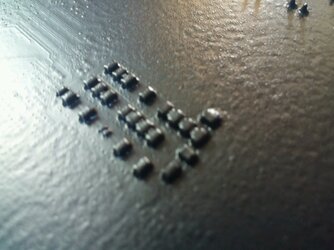
Ed, you are probably right that this it's overkill but for my first go around I figure I will do as much preventative prep as I can so that when I score up and do something stupid this may hopefully save the board.
Dejo, I have been trying to figure out the logistics of how this is all going to work with getting the ln2. I will look at getting another container of some sort to help out. I will probably spend most of the morning the first day watching and helping others to try and get a feel for how to make this work before attempting it myself.
